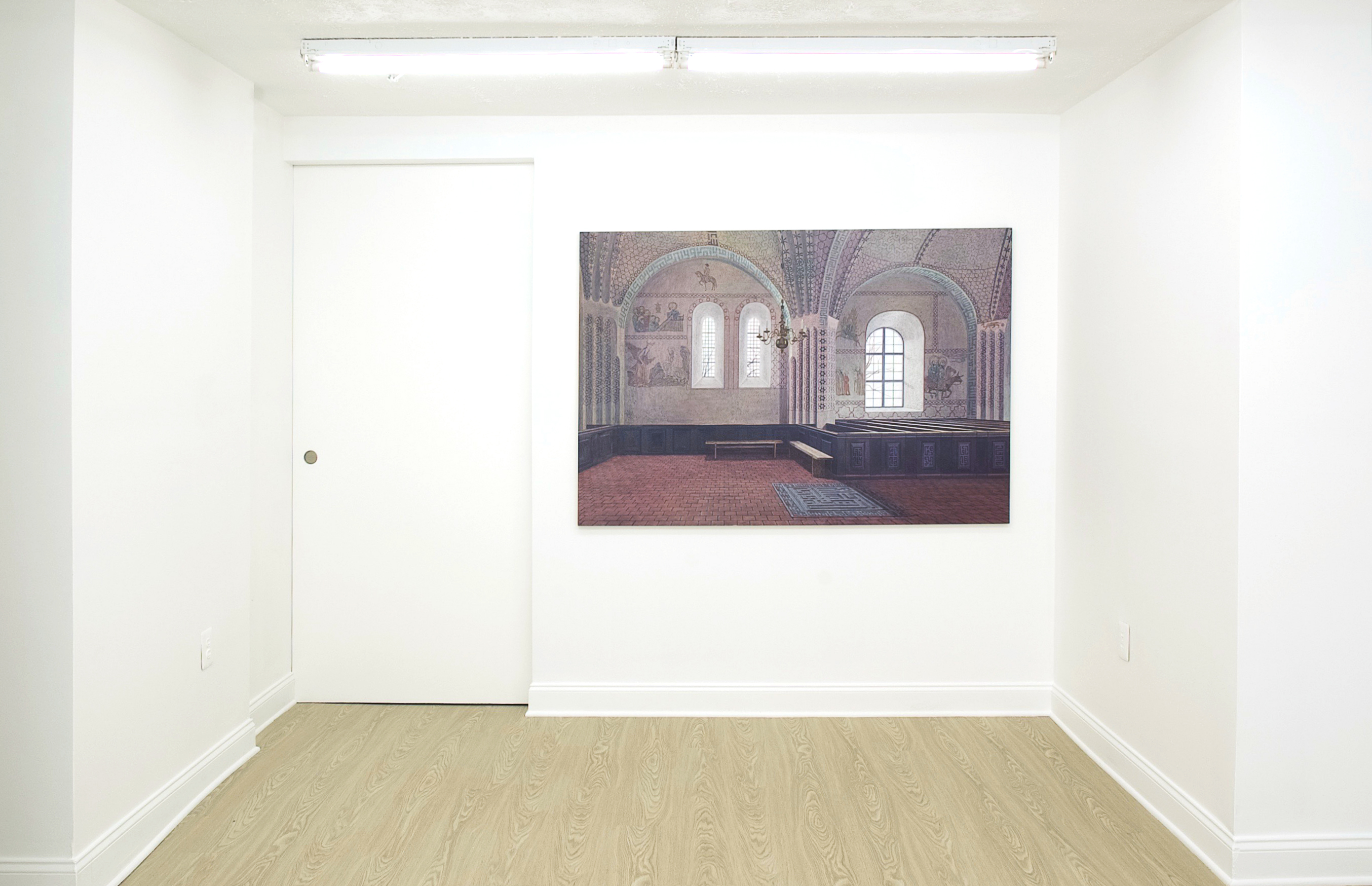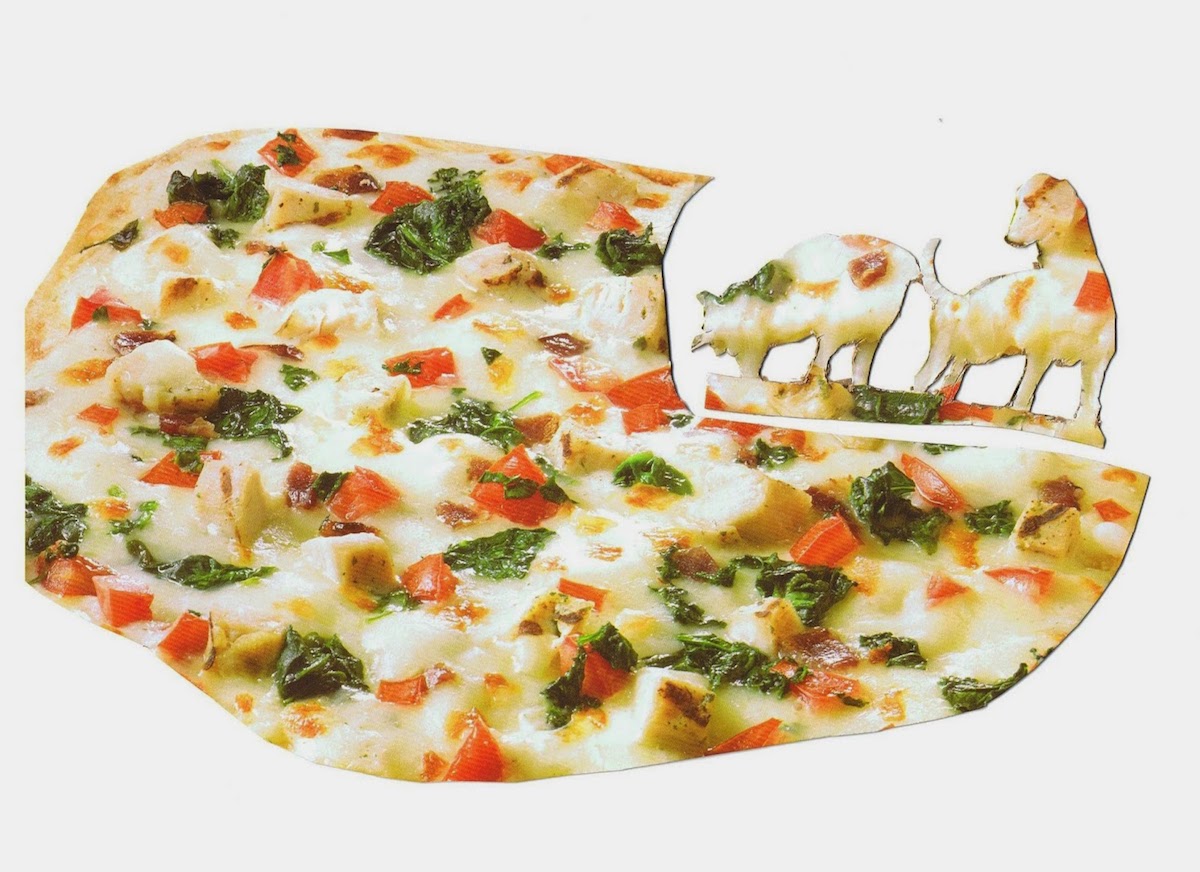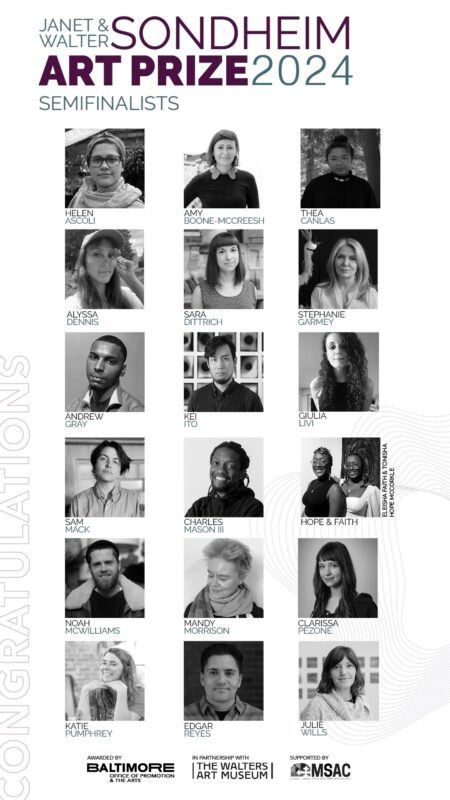Discerning Bogus Artistic Opportunities from Legitimate Ones by Cara Ober
The other day I was tagged in a “professional development” post on Facebook that promised to show me how to “communicate with galleries” and get gallery representation. In another post I was encouraged to sign up for a series of webinars promising get my work exhibited all over the world.
Last week I got an email offering me an exclusive space in a publication that will be seen by “thousands of the world’s top curators.” Another emailed me an opportunity to have my work exhibited online and sold, as long as I paid them a monthly fee. Yet another requested that BmoreArt share a new call for entry on all our social media channels and on our Calls for Entry Page because we “both want to promote the work of artists” – even though their gallery is a well known pay-to-play situation.
As artists, we are often targets for scams. I’m not sure if I receive these offers because I have a website, someone is selling my information, or if shady organizations want BmoreArt to serve as a vetting screen for artists. Either way, I am amazed at the volume of these requests, their professional appearance, and the way they attempt to hide their predatory nature. As a younger artist, I fell for some of these types of scams, which were impressionable learning experiences and sometimes a waste of money and time. As a result I am very comfortable saying NO and sometimes saying it rudely. I regularly receive emails from former students and artists I know asking me if their own similar offers are a good idea. I am happy to explain why they are not.
After a recent onslaught of emails, press releases, and social media promotions, I thought it would be helpful to make a list of common warning signs to help artists vet their own opportunities, to say NO with confidence to predatory schemes, and to focus on the legitimate options to advance careers that exist.

How to Tell if an “Artist Opportunity” is Bogus:
Number One: Promotional Emails.
If they email you and it’s not a list you have subscribed to, you are being sold something. Unlike institutions and non-profits which often send out general calls for entry, predatory organizations send out personal requests to artists and attempt to make it look unique. Sometimes these emails flatter and congratulate you and proclaim that your work has already been chosen for some sort of great honor, usually inclusion in a publication that doesn’t exist or is supposedly published in another country. The only catch is that you need to pay a small fee for your participation. Always remember, if an opportunity is legitimate, it doesn’t require a hard sell.
Number Two: The Juror’s Name.
If a juror or curator’s name is not listed on a call for entry, this is a red flag. Although there are a few art prizes and grants that choose to use anonymous jurors, most know that the juror’s name is the selling point for the exhibition. When the curator or juror is listed, it’s the artist’s responsibility to conduct research on this individual, figure out if it’s important for their work to be seen by them (regardless of selection for the project), and to consider the legitimacy of the institution the juror represents.
Number Three: Testimonials.
If an offer includes artist testimonials in an attempt to “sell” you on their brand, it’s bogus. Any sales pitch is suspect. Any qualifying words like “renowned,” “high profile,” “world famous,” etc. are a roadmap to nowhere. A legitimate opportunity lists the name of its space as well as the name and bio of the curator. This is all the information you need. If you’re not sure an exhibition space or institution is legitimate, always google and see if publications you respect are reviewing them and taking them seriously.
Number Four: Fees.
In a pay-to-play scenario, your ability to pay the fee is the main criteria for inclusion in a show. This means your ability to pay, rather than your talent, a curator’s aesthetic, or a gallery’s clout is what’s on display. It’s called a Vanity Gallery and even if it looks good, everyone knows what they’re looking at. You may sell work from this type of situation, but few future professional opportunities will result from it. No critic will write about it and other galleries won’t take this exhibition seriously.
If sales are your main goal, make sure you talk to other artists who have participated in past shows at a Vanity Gallery, if you’re inclined to do this. However, if a gallery or exhibition opportunity is collecting exorbitant fees from artists, what motivation is there to sell the work? The rent’s been paid and the lights are on thanks to the artists hanging on the wall.
Clarification 1: Please do not confuse this scenario with an application fee. For a juried show, it is customary for artists to pay a fee, usually to cover the time and expenses of a publicly listed juror. This is completely different than artist payments for rent, for promotions, for anything related to an exhibit, which are red flags. Although it seems better to have a show than no show, your participation in a Vanity Gallery actually hurts your future career because it shows you don’t do your research, you’re not a ‘serious’ artist, and you are willing to show your work anywhere – even in a space that doesn’t respect artists.
Clarification 2: Please do not confuse this scenario with a dues-paying artist collective model. If you’re working with a group of artists and renting the space yourself and everyone pays dues, that’s not the same thing.
Number Five: EXPOSURE.
Have you ever heard the old joke, “Artist dies of exposure?” This word is toxic. Whenever you see it in any call for entry, just hit delete. The word promotion is also bad. So is high profile. As long as artists have existed, offers of exposure have been used to tempt them. However, exposure without context is worth nothing.
Consider this – if you hung your artwork in a gas station bathroom, lots of people would see it. This is technically exposure. However, how many sales would you expect from this scenario? Would you hope that other exhibition opportunities would come from it? Would you be discovered by other galleries there? Could you put it on your resume and expect grant money?
Of course, in order to move your art career forward, your work needs to be seen. Any good exhibition opportunity will offer exposure, but won’t need to brandish it as a selling point. The reason a solid offer doesn’t use this word is because it is implicitly part of a quality exhibition. A properly vetted and good space doesn’t need to sell itself.
Number Six: Guarantees of success and simple answers to complicated questions. (AKA The Trump effect!)
If you see an offer that claims to deliver whatever is it you’re looking for or offers simple solutions to your problems, please realize this is a sales pitch. It is not professional development. I see lots of offers for books, articles, and webinars that promise to share insider tips and secret handshakes guaranteed to include an artist in the “inner circle” where the good galleries roam.
First of all, there are no simple answers. The art world is an incredibly complex, weird, and lawless kind of a place. There are no rules, there are only relationships which must be developed slowly and authentically over time.
There is no one answer that will bring you success, no secret club you can join. If that makes you sad I am sorry, but every artist is unique and their work needs different things. There are no short-cuts and only you can conduct the research you need to in order to solve your art world problems, and this takes time.

Conclusions:
There are a lot of artists in the world and fewer galleries. We all want our work to be seen in the best possible context, to learn the rules of engagement that will work for us, and to be continually challenged and excited by our studio practice and our careers.
The good news is there are tons of amazing opportunities for you and the information about them is free if you look in the right places (like NYFA, Art Deadlines, CAA, and even BmoreArt’s Call for Entry Page, which is a labor of love and constantly updated). Most of the best opportunities are a lot of work, even in the application process, and this is the reality of being an artist. If your application materials are out of date or not quite up to snuff there lots of great articles and resources (also free!) to advise you on how to professionalize your artist statement, resume, bio, and images.
However, there are no short cuts. There are no simple answers. There is no easy way to keep a successful art career growing and the only person who can give you the answers you need is you. A viable art career is built upon relationships, trust, research, and hard work. All of this takes time.
An admonishment: If artists didn’t fall for these scams and pay exorbitant fees out of laziness and a desire for quick success, these predatory schemes wouldn’t exist. It’s time to stop being victims and to stop engaging in fraudulent offers. Our time and energy are precious. We need to focus on the resources and opportunities that actually matter and support them with our clicks, shares, and patronage.

*******
Author Cara Ober is Founding Editor at BmoreArt.






